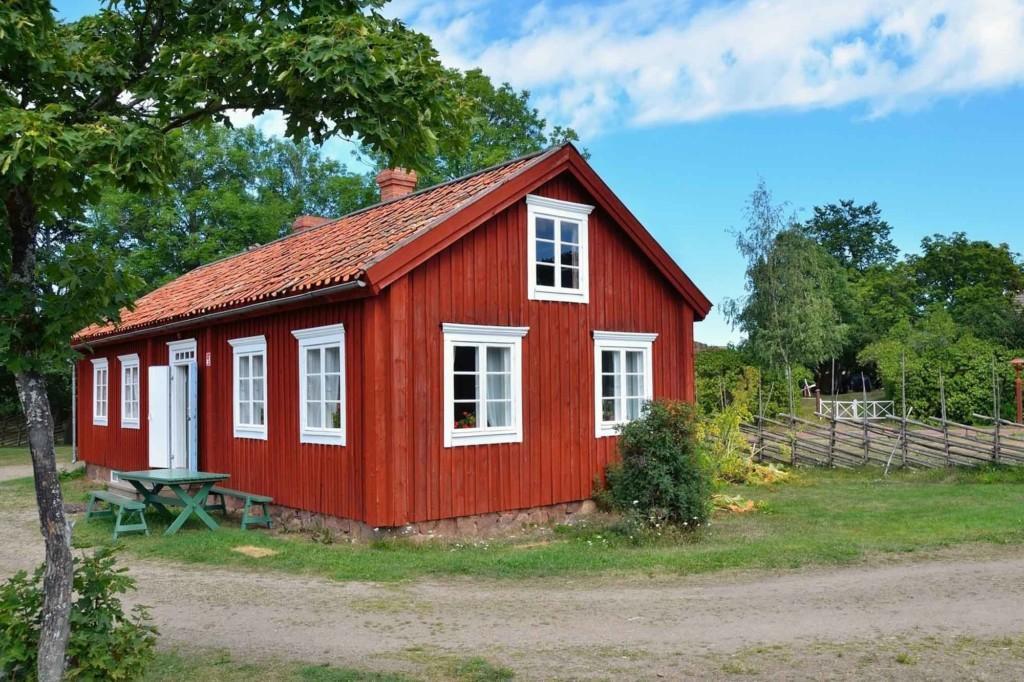Up to 60% of flat roofs in detached houses require a closer inspection
The 1970s was the golden age of flat roofs. Already in the previous decade, there was a desire to build simpler and lower houses than previously, and low roofs were very common in detached houses built in the 1970s.
This is also reflected in the condition inspections carried out by Raksystems: up to 70% of the one-family houses built in the 1970s that were inspected had flat roofs. This was a fairly commonly used roof type up until the early 1980s, but as time went on, construction trends changed.
A flat roof is classified as a high-risk structure due to its lack of ventilation or poor ventilation, which causes a high risk of moisture damage. It is also very difficult to inspect other than by randomly opening the structures.
We create statistics on the condition of high-risk structures observed during inspections, and the statistics indicate that up to 60% of flat roofs require further surveys.
One problem with flat roofs is lack of ventilation
In the 1970s, most flat roofs were made using thin roofing felt with an estimated technical service life of only 20 years. Most such old roofs have already been renovated. If not, they pose a major risk to the building and its users.
According to current knowledge, the building material is not of a high quality and does not last long enough. Today, flat roofs are covered with elastomer bitumen felt, which has an estimated technical service life of up to 30 years.
Aged roofing increases the risk of water leaks.

Another risk factor for flat roofs is inadequate ventilation: there is only a small ventilation gap between the thermal insulation and the roof, which means that moisture from the indoor air may condense on the cold roof structures, causing moisture damage.
For this reason, it is particularly important to remember to check understructure and its condition when renovating a roof.
It is difficult to inspect a flat roof – structures are opened during a condition inspection
There is no line of sight into the insides of a flat roof, so it is difficult to inspect during a condition inspection, for example. The roof structure must be opened from the inside, as an opening on the outside would damage the waterproofing.
Holes are made at random during a condition inspection, and it is not possible to see and examine the entire structure. When a roof renovation is due, it is particularly important to carry out a more extensive survey.
A new hipped roof does not solve the ventilation problems of an old roof
Nowadays, the owners of a building with a flat roof often decide to retrofit the building with a ridged roof, provided that the land use plan allows this. It should be kept in mind, however, that the old roof structures should not be left under the ridged roof unless you are completely sure that the structures are not damaged.
Damp underlay structures can cause indoor air problems, to which the residents will be subjected, and moisture damage can spread over time and attract pests to the structures.
A new hipped roof or a similar structure does not solve the ventilation problems of the old roof, if such problems exist. Therefore, the importance of checking the condition of the old roof structure, correcting any problems and, if necessary, improving ventilation cannot be overemphasised.
These are the only measures that can provide assurance about good performance of the new roof once the old roof structure is hidden underneath.
What is a high-risk structure?
A high-risk structure refers to a type of structure which has been found in practice and based on structural surveys to be highly susceptible to damage. The structure usually complied with the building regulations and guidelines valid at the time when it was built, and the susceptibility to risk was not recognised until at a later point in time. As a result, the structure is no longer used.
Typically, damage to high-risk structures is caused by moisture entering the structure, either through the soil from the outside or from the indoor air in the form of water vapour. An example of a commonly observed high-risk structure is a false plinth.
The condition of the high-risk structure, i.e. whether the risk has been realised, should always be investigated. This is usually possible only by opening the structure.



